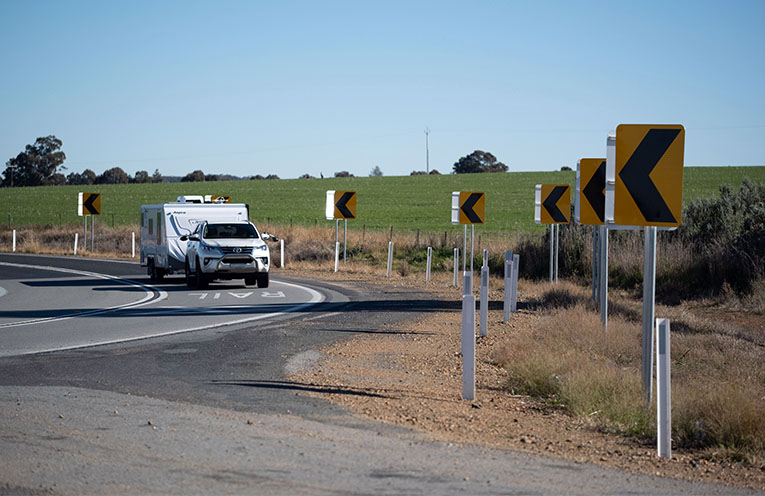TRANSPORT for NSW is leading a “once-in-a-generation” review of the Roads Act 1993 and is seeking input from councils, community members, peak bodies and industry experts about how the legislation should be reformed.
“The aim is to create a more modern, flexible and easy-to-use law that can help enable NSW Government initiatives such as housing targets and making the state more liveable and vibrant,” Transport for NSW said in a statement.
“In the past roads were mainly considered simply as routes for vehicles, but now they are recognised for their much wider functions including community spaces for events and outdoor dining, corridors for housing and freight, and routes for public transport, cycling, walking and e-micromobility.”
Consultation is currently underway on an Options Paper which outlines three possible models for reforming the law and Transport for NSW is asking for anyone who interacts with the Act directly, to provide their detailed feedback.
The broader community is also being asked to contribute to an online survey and have a say about what they want roads and streets to look and feel like and what could be done to help make them safer, easier, or more enjoyable.
“There are frustrations that the Act does not provide clarity over which authority manages what, definitions can be vague, and this leads to too much red tape, duplication and decisions not being made locally,” said Transport for NSW Executive Director of Transport Policy Ruth Graham.
“Ultimately the aim of this review is to create an Act that underpins a well-functioning road network.
“From highways to laneways, we need our state’s roads to help create and connect vibrant, liveable towns and cities.
“We know that successful reform cannot be designed in isolation which is why we want to draw upon the knowledge, experience and insight of councils, industry, government agencies, community groups and individuals during this review.”
Chair of the Hunter Joint Organisation of Councils Mayor Sue Moore said while road funding is not part of the review, she would welcome any reforms that would give councils more freedom to make decisions on their local road network.
“Reviewing the Act and making changes to it could support community wellbeing and liveability by providing councils with greater influence over local streets and their use for a variety of recreational activities and events,” Cr Moore said.
“Streamlining approvals processes could reduce community frustration and assist with meeting state and local housing targets.”
The Options Paper and other resources are available to review and provide feedback on at www.haveyoursay.nsw.gov.au/roads-act-1993 until 31 October.



